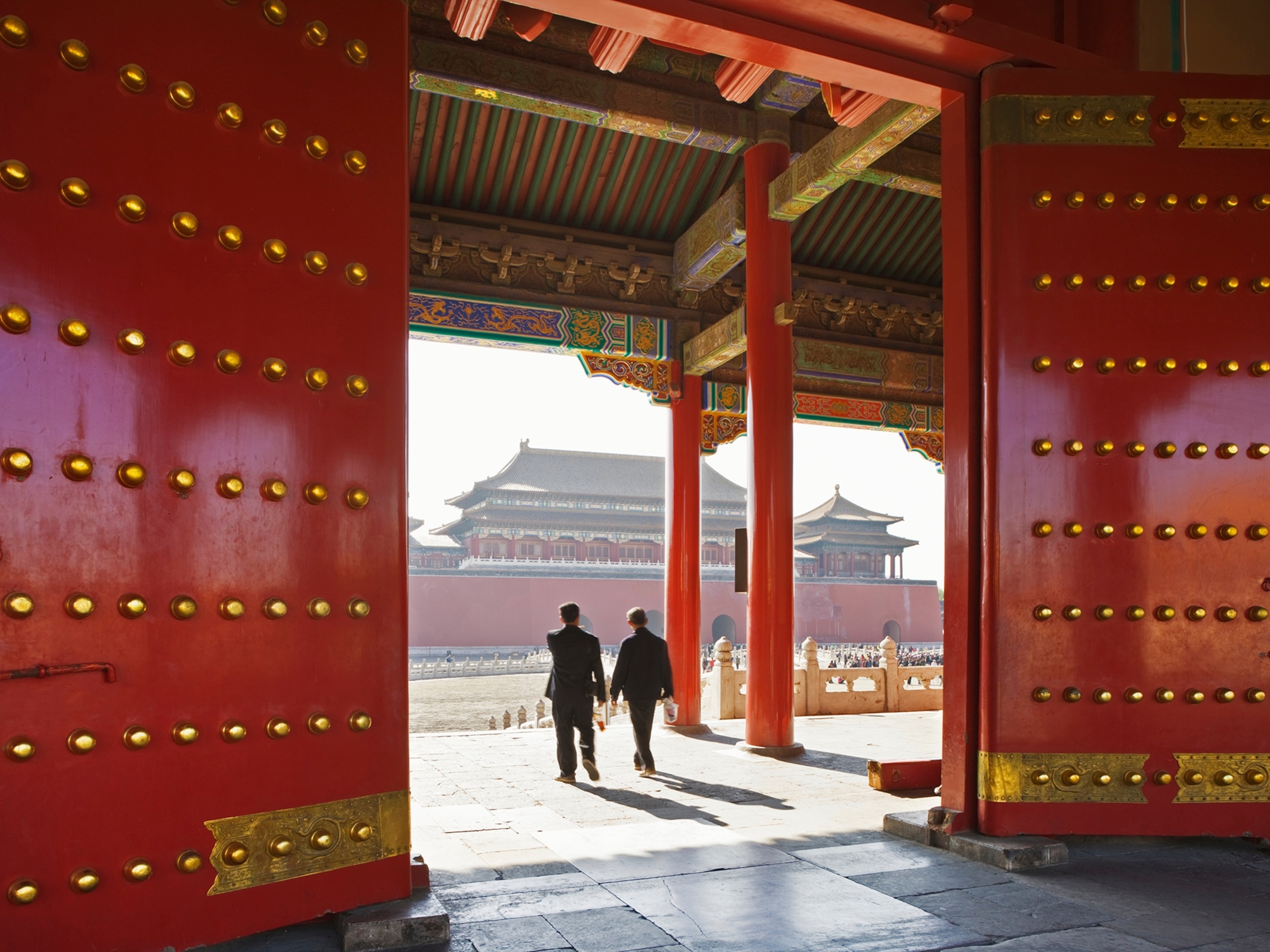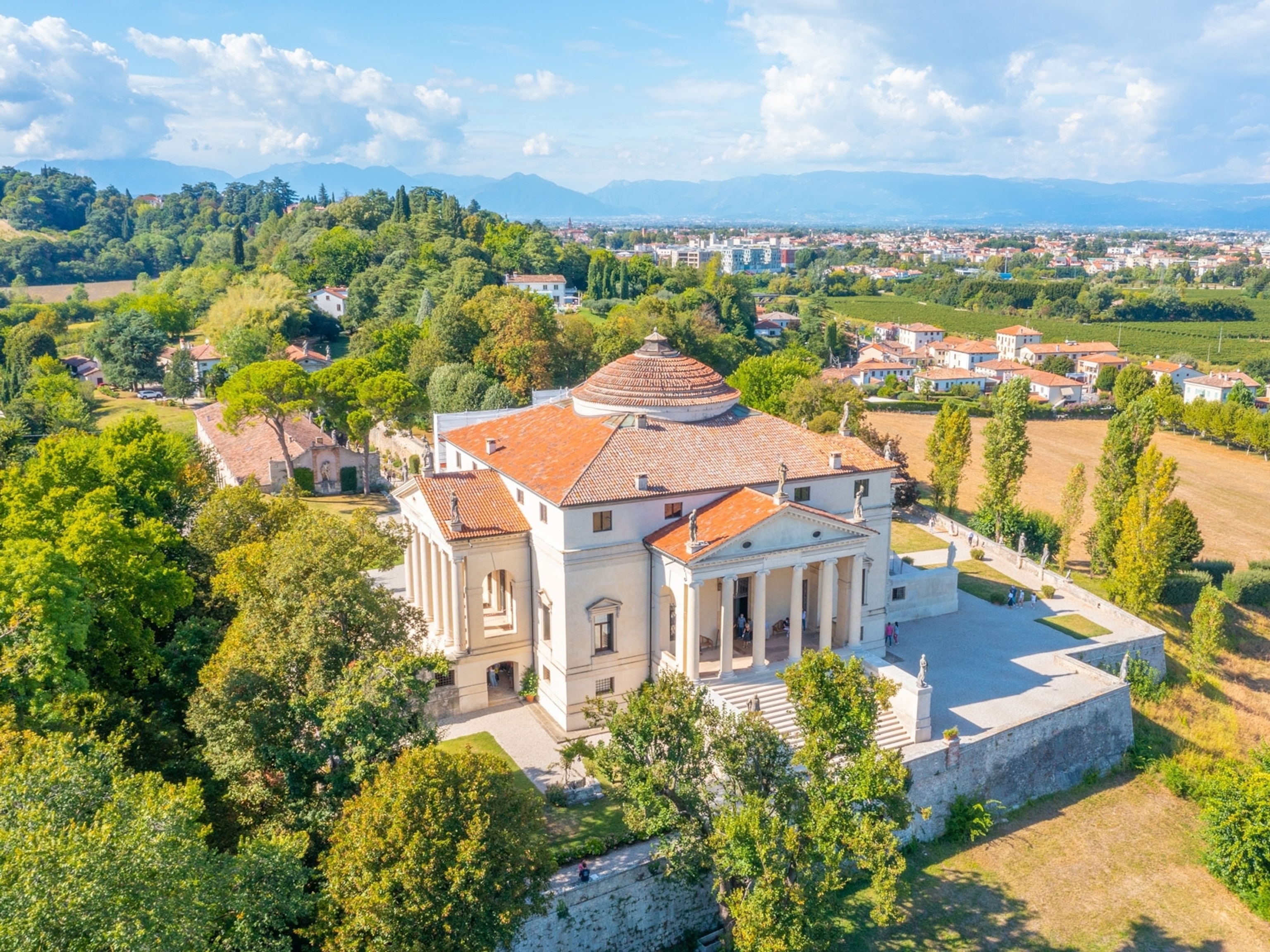
This Vibrant Colonial City Is in a Volcanic Hot Spot
Despite its vulnerable position, Antigua hosts a colorful collection of well-preserved churches and ruins dating back to the 16th century.
Set against the towering backdrop of Volcán de Agua, the city of Antigua, Guatemala, is a colorful collection of church steeples, historic buildings, and colonial-style homes. Founded by Spanish conquistadors in the early 16th century, Antigua served as the capital of Guatemala for more than 230 years until the modern-day capital was established in Guatemala City.
Constructed in a grid-like street formation, Antigua is one of the earliest examples of urban planning in Latin America. During its time as Guatemala’s capital, it was one of the main cultural, economic, and political hubs in Central America.
Located in a hot spot of volcanic activity, Antigua is especially prone to natural disasters, and suffered through many since its founding in the 16th century. It had to be reconstructed several times throughout the centuries due to its volatile location, and after a series of devastating earthquakes in the 1700s, the Guatemalan government moved its central operations to Guatemala City in order to reduce the safety risks.
Despite its vulnerable position, present-day Antigua remains full of well-preserved historic churches and ruins, including the Palace of the Captains General, La Merced Church, and the Church and Convent of the Capuchins.

Along the city’s cobblestoned streets, visitors can admire Volcán de Agua through the city’s iconic yellow Santa Catalina Arch, or wander through rows of vibrant colonial homes built in the 17th and 18th centuries. The bustling Plaza Central is home to colonial government buildings, a historic fountain, and a small park where visitors can get a taste of the city’s everyday life.
Because of its location in a natural disaster-prone region, Antigua faces a constant risk of damage due to volcanic eruptions, earthquakes, and fires. New constructions also threaten the historic integrity of its buildings, which require constant maintenance due to volcanic activity in the region. In 1972, the National Council for the Protection of Antigua Guatemala was established and tasked with protecting the city’s monuments.
HOW TO GET THERE
Antigua is easily accessible by bus, taxi, or car from Guatemala City and Quetzaltenango, the two largest cities in Guatemala.
HOW TO VISIT
Accommodations are available throughout Antigua’s city center, ranging from small, local inns to large, upscale hotels. Most of Antigua’s key historic attractions are within walking distance of the city’s main plaza.
- National Geographic Expeditions
WHEN TO VISIT
Due to its altitude, Antigua maintains consistently mild temperatures year-round. The dry season generally runs from November to March; however, even during the rainy season, rains typically only last a few hours each day.
Kay Rodriguez is a travel writer and staff member at National Geographic. You can follow her travels on her Instagram @thekaydays or her travel blog.




